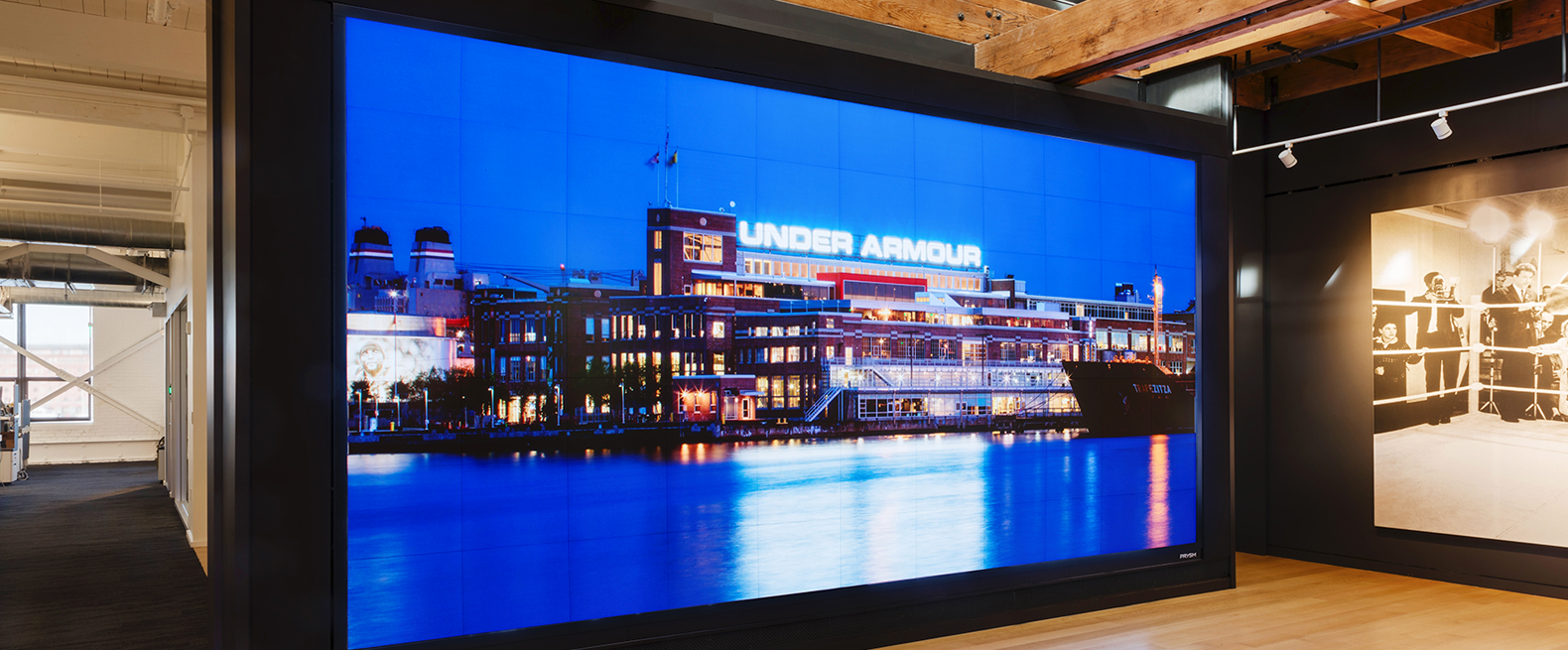A Comprehensive Analysis of Various Light Emitting Diode Video Screen Technologies and Their Uses
A Comprehensive Analysis of Various Light Emitting Diode Video Screen Technologies and Their Uses
Blog Article
Light Emitting Diode video screens are more common in different environments, including music events, sports events, and business meetings. These large big screens consist of composed of many small LED panels which work together to create a cohesive cohesive visual. Various multiple types of LED video screen technologies on the market, every with its unique features and benefits. Understanding these technologies technologies can assist companies as well as entities select the right option for their specific needs.
A common kind of Light Emitting Diode video wall technology is the directly viewed Light Emitting Diode. This solution uses separate Light Emitting Diode modules that are arranged near together to form a large display. Directly viewed LED walls are recognized for their elevated brightness and vibrant colors, making them perfect for external activities or well-lit illuminated environments. They also have a wide sight angle, allowing means that viewers can view the screen clearly at various locations. Such makes direct view LED screens a favored choice for sports arenas as well as outdoor festivals.
A different type of LED video wall solution is the LED illuminated LCD. This technology combines conventional LCD displays with LED backlighting for improved luminosity as well as color accuracy. LED-backlit LCDs are often utilized in interior environments, including retail centers and meeting spaces. They provide superior visual clarity while are typically more cost-effective than direct view LED walls. However, they may not perform as well in well-lit settings, since the backlighting can sometimes wash out the colors.
A thirdly choice is the Organic Light Emitting Diode display screen. Organic Light Emitting Diode solution offers exceptional contrast and color richness in relation to alternative types of displays. Every dot in an Organic Light Emitting Diode display produces its individual luminescence, enabling for genuine dark tones and vibrant hues. Such makes OLED display walls especially attractive for applications that require high-quality images, including gallery exhibitions and luxury shopping outlets. Nonetheless, Organic Light Emitting Diode technology can be costlier costly while may often be as bright as directly viewed LED walls, making it less appropriate for external applications.
Along with these options, there are also multiple uses for LED video screens. These displays can be utilized for advertising, entertainment, as well as data display. For instance, businesses commonly utilize LED video screens for digital signage to draw in clients and advertise goods. In entertainment, these displays enhance the visual experience at concerts and gatherings, offering dynamic backdrops as well as engaging visuals. Within corporate settings, Light Emitting Diode video walls can be utilized for demonstrations, video meetings, as well as educational programs, aiding to convey information through a visually appealing manner.
In conclusion, LED display walls come in various technologies, each having its own benefits as well as applications. Direct view Light Emitting Diode walls are great for external use, while LED illuminated LCDs are more appropriate for interior environments. Organic Light Emitting Diode display screens offer Continued exceptional image quality but may be at a higher cost. Understanding the differences differences can assist entities make knowledgeable decisions about the best kind of Light Emitting Diode display wall most meets their requirements, whether for promotion, amusement, or business applications.